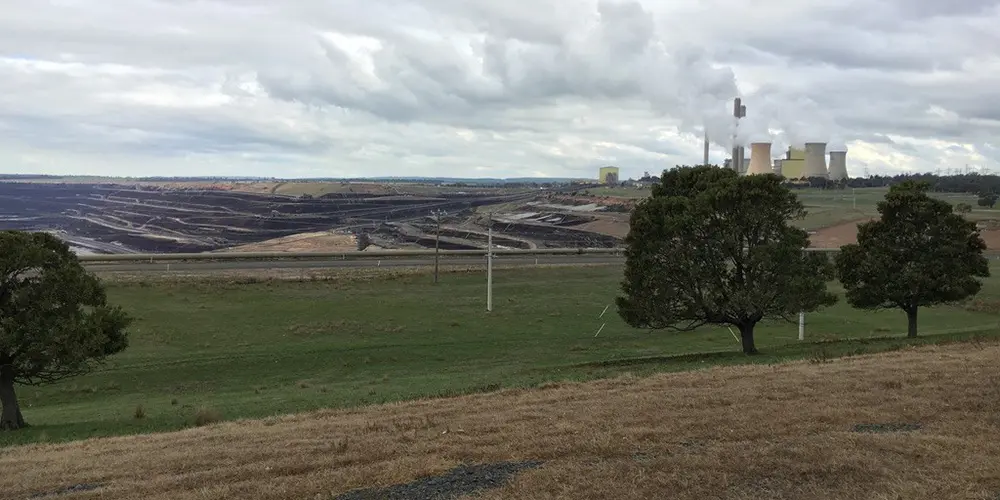Comparative Closure: assessing the biophysical closure challenges of different mining methods
Dig Deeper Presentation
Dig Deeper Webinar
Research Program
Operational Solutions
Project Leader
Dr Ewan Sellers
Project ID
3.7
Summary
Closure issues vary depending on mining method, creating different biophysical challenges on surface and underground. In turn, mining methods depend on the geology of the ore deposit, defining regional characteristics for different states within Australia. For industry operators considering new projects, closure should be an important factor in developing the mine plan but is often subordinate to other factors. The mining method is often selected based on pre-feasibility studies and there is limited ability to change the operational characteristics once implemented. If the ability to close the mine, re-use the landscape and contribute to the community are to become driving factors in selection of mining method and subsequent mine operations, then they should also lead early decision making.
Novel mining methods have been proposed for zero-entry, invisible mining that leaves waste in-place and reduces ore movement. Since these methods require the use of alternative technologies, such as robotics, leaching and cutting, they will introduce a different set of biophysical issues that will affect closure and post-mining land use.
Using desktop reviews, workshops and interviews with member company representatives, the project aims to identify, compare and contrast biophysical impacts on post mining land use of novel in-place mining methods relative to more traditional mining methods. Opportunities to further develop novel mining methods that enable alternative closure options will be identified and classified.
Project Partners
CMTE Development Limited; CSIRO; Curtin University; Rio Tinto; University of Queensland; Iluka Resources
Duration
6 months

